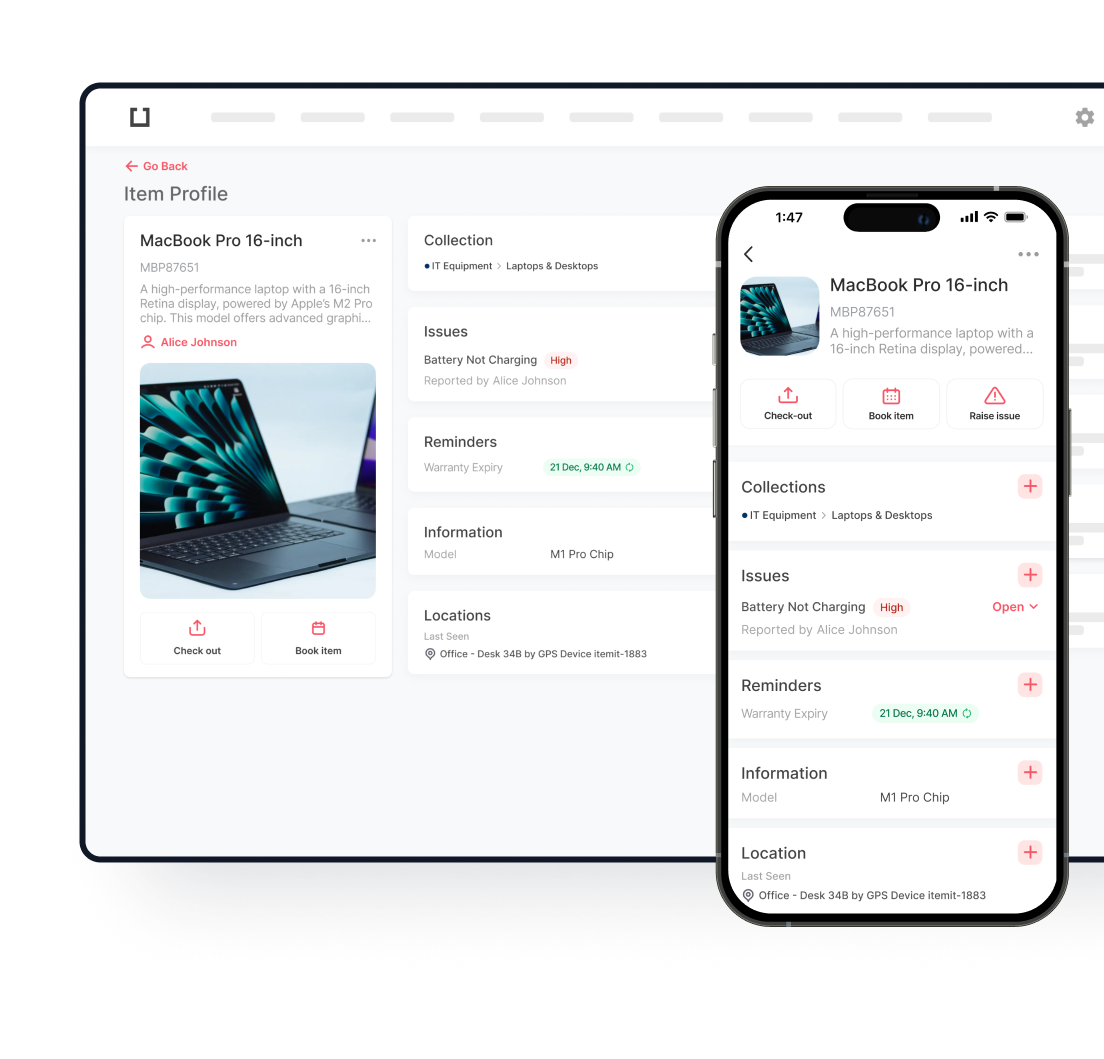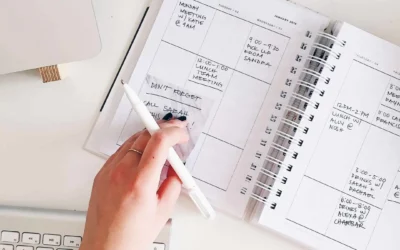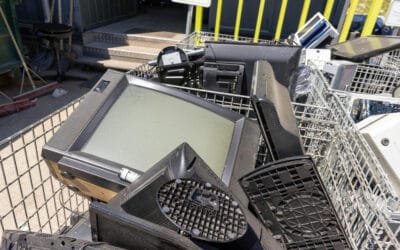

Quality defects cost UK manufacturers millions annually, yet many could be caught with proper visual assessment. Despite technological advances in automated quality control, visual inspection remains the first line of defence against faulty products reaching consumers. It’s simple in concept but sophisticated in practice: trained eyes spot what machines often miss.
Across factory floors in Birmingham, Manchester, and Glasgow, skilled inspectors run their hands over finished goods, peering through magnifiers at critical components. They’re practising an art as old as manufacturing itself, now refined through decades of industrial knowledge. When implemented correctly, robust visual inspection in manufacturing simultaneously boosts product quality, slashes warranty claims, and builds customer loyalty.
What Is Visual Inspection? Understanding the Fundamentals
Strip away the complexity and visual inspection meaning boils down to this: systematically examining products with human senses—primarily sight—to spot defects. Some inspectors work with bare eyes; others employ simple tools like magnifying glasses or precise lighting. A skilled inspector doesn’t just see a product; they scan it methodically for scratches, gaps, misalignments, discolouration, and dozens of other potential issues.
The Romans inspected their aqueducts this way, and medieval blacksmiths did it with swords. “What is visual inspection today?” It retains this ancient simplicity while adding structured protocols and a scientific understanding of human perception. The goal hasn’t changed: confirm that what’s made matches what was designed.
Short, rapid inspections might take seconds for simple components. Complex assemblies require meticulous examination from multiple angles, sometimes taking half an hour or more. Unlike automated testing that checks only programmed parameters, human inspectors can spot unexpected anomalies—a crooked label, an unusual reflection, or a missing finishing touch. The experienced inspector brings intuition and adaptability that complement rigid machine testing.
Visual Inspection Methods: Manual vs. Automated Approaches
The visual inspection method landscape is broadly divided into two categories: manual and automated approaches. Each offers distinct advantages depending on the manufacturing context, product complexity, and quality requirements.
Manual Visual Inspection
Traditional manual visual inspection relies on trained inspectors who examine products according to established criteria. This method typically involves:
- Direct visual inspection: Examining items under normal lighting conditions
- Enhanced visual inspection: Using magnification tools like loupes or microscopes
- Remote visual inspection: Using borescopes or cameras to access difficult-to-reach areas
Manual visual inspection excels in scenarios requiring subjective judgement, complex decision-making, or where defects may present in unpredictable ways. It remains irreplaceable to assess aesthetic qualities that automated systems might struggle to evaluate.
Automated Visual Inspection
Automated visual inspection systems employ cameras, sensors, and computer algorithms to detect defects with minimal human intervention. These systems typically include:
- Image acquisition hardware (cameras, lighting systems)
- Image processing software
- Defect detection algorithms
- Decision-making logic for pass/fail determinations
The advantages of automated visual inspection include consistent evaluation criteria, higher throughput rates, and detailed documentation of inspection results. Modern systems increasingly incorporate machine learning capabilities that improve detection accuracy over time.
When selecting a visual inspection method, manufacturers must consider factors such as production volume, defect detection requirements, product variability, and available resources. Many operations benefit from a hybrid approach that leverages both human judgment and technological precision.

Essential Visual Inspection Equipment and Tools
Effective visual inspection requires appropriate tools and equipment matched to the specific inspection requirements. The range of visual inspection equipment spans simple handheld devices to sophisticated computer vision systems.
Basic Visual Inspection Tools
For many applications, basic visual inspection tools provide sufficient capability:
- Magnifiers and illuminated loupes
- Inspection mirrors
- Measuring tools (callipers, micrometres, gauges)
- Borescopes for internal inspections
- Task-specific lighting (diffuse, direct, oblique)
These tools enhance the inspector’s natural capabilities and remain essential even in facilities employing advanced inspection technologies.
Advanced Visual Inspection Equipment
For more demanding applications, advanced visual inspection equipment offers enhanced capabilities:
- Digital microscopes with image capture
- High-resolution cameras with specialised lenses
- Structured light scanners for surface profiling
- Thermal imaging cameras for temperature variations
- Specialised lighting systems (polarised, stroboscopic, UV)
Automated Visual Inspection Systems
Complete visual inspection system solutions typically include:
- Multiple cameras positioned for comprehensive coverage
- Controlled lighting environments to ensure consistent imaging
- Image processing hardware
- Software for defect recognition and analysis
- Integration with production control systems
Many manufacturers are discovering the benefits of integrating their visual inspection processes with asset tracking solutions, creating a seamless flow of quality data throughout their operations. This integration enables real-time monitoring of inspection results and facilitates prompt corrective actions when quality issues emerge.
Visual Inspection in Manufacturing: Applications and Examples
Visual inspection in manufacturing plays a crucial role across virtually every industry sector. From aerospace to pharmaceuticals, manufacturers rely on visual checks to maintain quality standards and regulatory compliance.
Key Manufacturing Applications
Common applications include:
- Surface finish evaluation (scratches, dents, discolouration)
- Dimensional verification against specifications
- Welding inspection for defects or irregularities
- Printed circuit board examination
- Assembly verification (missing components, incorrect orientation)
- Packaging integrity checks
Visual Inspection Examples
Practical visual inspection examples demonstrate the versatility of this quality control approach:
- Automotive painting: Inspectors examine vehicle bodies before final assembly for paint defects such as orange peel, runs, or dust inclusions.
- Electronics manufacturing: Operators check solder joints on circuit boards for proper formation, using magnification to identify cold joints or insufficient solder.
- Pharmaceutical production: Quality controllers inspect medicine tablets for correct shape, colour consistency, and absence of chips or cracks.
- Food processing: Visual inspection identifies foreign objects or packaging defects before products leave the facility.
- Aerospace components: Critical parts undergo meticulous visual examination for surface cracks, proper machining, and conformance to specifications.
Many manufacturing operations now integrate visual inspection with equipment tracking software, creating comprehensive quality records that track each product through its entire production journey. This integration provides valuable insights for process improvement while maintaining detailed compliance documentation.

Developing Effective Visual Inspection Procedures
A well-designed visual inspection procedure provides consistency, thoroughness, and reliability in quality control operations. Creating effective procedures requires careful planning and documentation.
Elements of a Robust Visual Inspection Procedure
Comprehensive visual inspection procedures typically include:
- Scope and purpose definition
- References to relevant standards and specifications
- Personnel qualifications and responsibilities
- Required equipment and tools
- Environmental conditions (lighting, cleanliness)
- Detailed inspection steps with acceptance criteria
- Defect classification system
- Documentation requirements
- Sampling plans (where applicable)
- Actions for non-conforming items
Implementation Considerations
When implementing a visual inspection programme, consider these crucial factors:
- Training requirements for inspection personnel
- Standardisation of inspection conditions
- Calibration and maintenance of inspection equipment
- Documentation systems for recording results
- Feedback mechanisms for continuous improvement
- Integration with broader quality systems
Many organisations find value in incorporating their inspection procedures within a fixed asset register. This creates a centralised system that links inspection requirements, schedules, and results to specific equipment and production lines. This approach ensures that inspection activities remain properly scheduled and documented.
Best Practices for Visual Inspection in Manufacturing
To maximise the effectiveness of visual inspection activities, manufacturers should adopt proven best practices that enhance accuracy and efficiency.
Environmental Optimisation
- Provide consistent, appropriate lighting specifically designed for inspection tasks.
- Maintain clean, uncluttered inspection areas
- Control temperature and humidity where these factors might affect product appearance
- Reduce distractions and interruptions during inspection activities
Inspector Performance
- Implement regular vision testing for inspection personnel
- Schedule appropriate breaks to combat fatigue and maintain alertness
- Rotate inspection tasks to reduce monotony
- Provide ergonomic workstations that reduce physical strain
Process Management
- Develop clear, objective acceptance criteria wherever possible
- Use reference samples of acceptable and rejectable conditions
- Implement statistical process control to monitor inspection performance
- Conduct periodic audits of inspection activities
- Establish clear procedures for handling borderline cases
Continuous Improvement
- Document and analyse inspection findings to identify recurring issues
- Use inspection results to drive process improvements
- Regularly review and update inspection criteria based on customer feedback
- Benchmark visual inspection practices against industry standards
By implementing these best practices, manufacturers can significantly enhance the value derived from their visual inspection in manufacturing activities, moving beyond simple defect detection to comprehensive quality improvement.
Challenges and Limitations of Visual Inspection
While visual inspection provides tremendous value, understanding its inherent limitations helps manufacturers implement complementary quality control strategies where necessary.
Human Factors
The effectiveness of manual visual inspection can be impacted by:
- Inspector fatigue and attention lapses
- Variability between different inspectors
- Cognitive biases affecting judgement
- Limited visual acuity for certain defect types
- Difficulty maintaining concentration during repetitive tasks
Technical Limitations
Even with advanced equipment, visual inspection faces certain constraints:
- Limited to the surface or visible features
- Difficulty detecting internal defects without destructive testing
- Challenges with highly reflective or transparent materials
- Limited effectiveness for dimensional tolerances requiring precise measurement
- Variability in lighting conditions affecting defect visibility
Addressing Challenges
Manufacturers can mitigate these limitations through:
- Hybrid inspection approaches combining human judgement with automated systems
- Complementary inspection technologies (ultrasonic, x-ray) for internal defects
- Standardised inspection environments to reduce variability
- Regular calibration and validation of inspection systems
- Ongoing training and certification for inspection personnel
Understanding these challenges allows manufacturers to develop realistic expectations for visual inspection and design comprehensive quality systems that leverage their strengths while compensating for their limitations.
The Future of Visual Inspection: Trends and Innovations
The landscape of visual inspection continues to evolve rapidly, with emerging technologies transforming traditional approaches and creating new possibilities for quality control.
Artificial Intelligence and Machine Learning
Modern visual inspection systems increasingly leverage AI capabilities:
- Deep learning algorithms that can detect subtle defect patterns
- Systems that learn and improve from inspection history
- Anomaly detection that identifies unusual features without pre-programming
- Natural language processing for automated inspection reporting
Augmented Reality Applications
AR technologies are enhancing human inspection capabilities:
- Smart glasses that overlay reference specifications onto physical products
- Guided inspection workflows that ensure complete coverage
- Real-time access to technical documentation during inspection
- Remote expert assistance for complex inspection scenarios
Integration with Industry 4.0
Visual inspection is becoming a key component of connected factories:
- Real-time quality data feeding into production control systems
- Integration with predictive maintenance programmes
- Digital twins incorporating inspection data for process optimisation
- End-to-end traceability linking inspection results to specific production parameters
Miniaturisation and Mobility
Inspection capabilities are becoming more portable:
- Smartphone-based inspection tools with specialised attachments
- Drone-mounted cameras for large structure inspection
- Wearable inspection devices for hands-free operation
- Micro-cameras for previously inaccessible inspection points
These innovations are transforming visual inspection from a standalone quality activity into an integrated component of comprehensive manufacturing intelligence systems.
Maximising the Value of Visual Inspection
Despite technological advances in automated testing, visual inspection remains an essential cornerstone of manufacturing quality control. Its versatility, comprehensiveness, and ability to detect unexpected defects ensure its continued relevance in modern production environments.
To maximise the value of visual inspection activities, manufacturers should:
- Develop clear, standardised inspection procedures tailored to specific products
- Invest in appropriate training and equipment for inspection personnel
- Create optimal inspection environments that enhance defect visibility
- Implement complementary technologies where visual inspection alone is insufficient
- Integrate inspection data with broader quality management systems
For manufacturers seeking to enhance their quality control processes, implementing robust visual inspection practices in conjunction with comprehensive asset-tracking solutions and equipment-tracking software creates a powerful foundation for operational excellence.
By thoughtfully combining traditional visual assessment with emerging technologies, manufacturers can achieve the perfect balance of human judgment and technological precision—ensuring consistent quality, reducing costly defects, and maintaining their competitive edge in increasingly demanding markets.
Ready to transform your quality control processes? Discover how itemit’s integrated asset management solutions can enhance your visual inspection capabilities and drive continuous improvement throughout your manufacturing operations.

Try itemit
Choose a better way to track
your assets.
Start your free 14-day trial now!

Keep Learning
itemit Blog
Tips, guides, industry best practices, and news.
5 Tips For Better Equipment Management
Equipment management is vital to ensuring your business’s smooth operations. Discover how to get the most out of your hard-earned investments.
What is equipment booking software and do I need it?
What is equipment booking software? Should you use it if you’re hiring out or sharing equipment? How can itemit help you book equipment?
What Are The Four Phases Of The Equipment Life Cycle?
There are four phases of an equipment life cycle, but it’s not clear what they are or why equipment tracking can improve the life cycle. Read this article to find out!



